Here you can get just a short summary of a very comprehensive blog post from The Art of Dressage – which is your ultimate guide to perfect your transitions. You can find detailed guidance for refining your transitions skills and tackling common problems here.
Why you should do Transitions with Equestic SaddleClip?
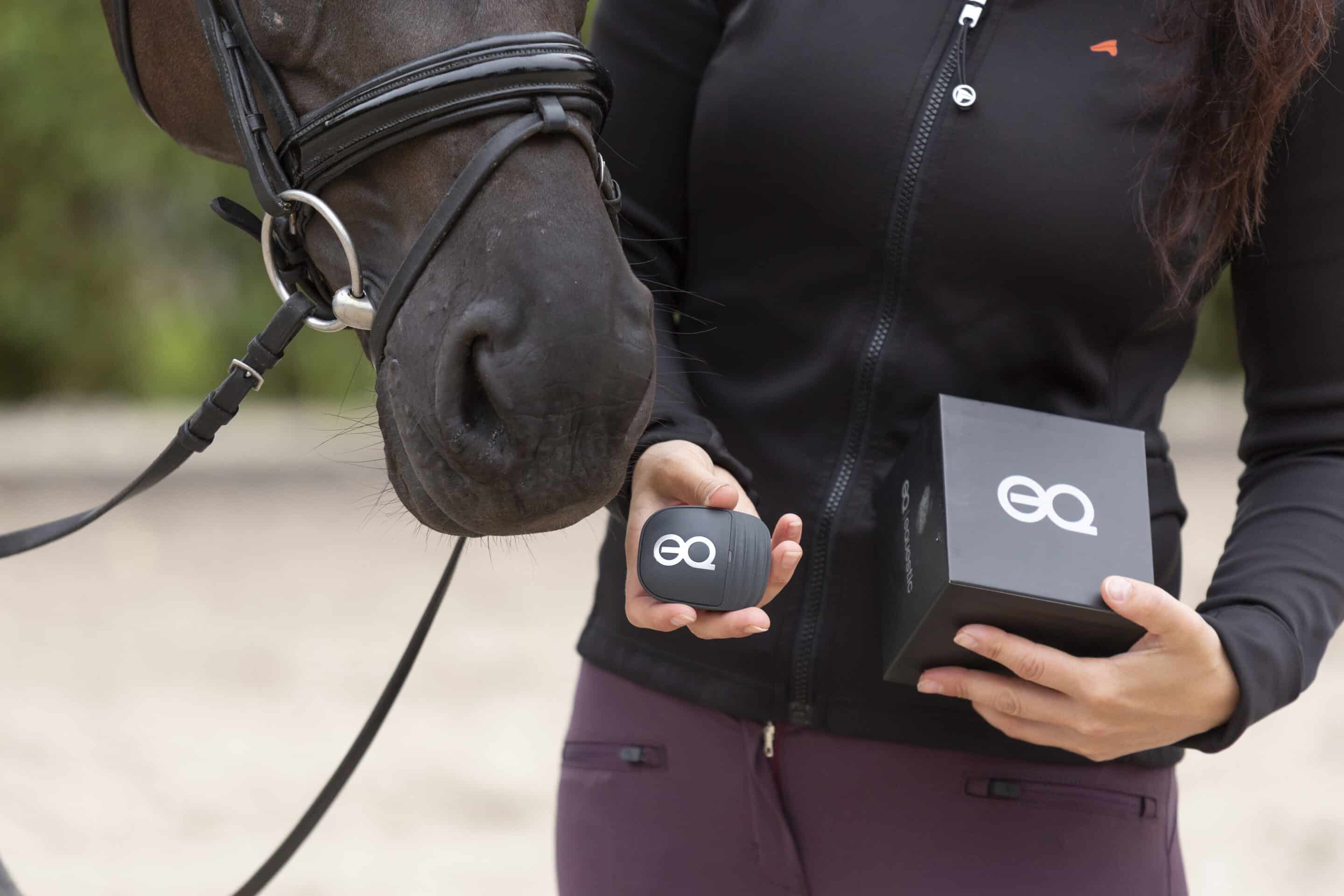
There are many reasons why transitions are a fundamental part of dressage training and competitions. Even Google will tell you that: it helps to develop the horse’s suppleness and balance. They also help to prepare the horse for more advanced dressage movements, such as pirouettes.
With the Art of Dressage, we believe that mastering transitions helps with the horse’s physical and mental well-being. It’s not an easy task because it requires flawless coordination and communication between the horse and rider. However, it’s a rewarding task that contributes to the long-term development of the horse.
The Equestic Saddle Clip lets you assess your performance and provides a detailed look at your transition practices. The key benefit of using the Equestic Saddle Clip is that it gives you unbiased feedback on your training session.
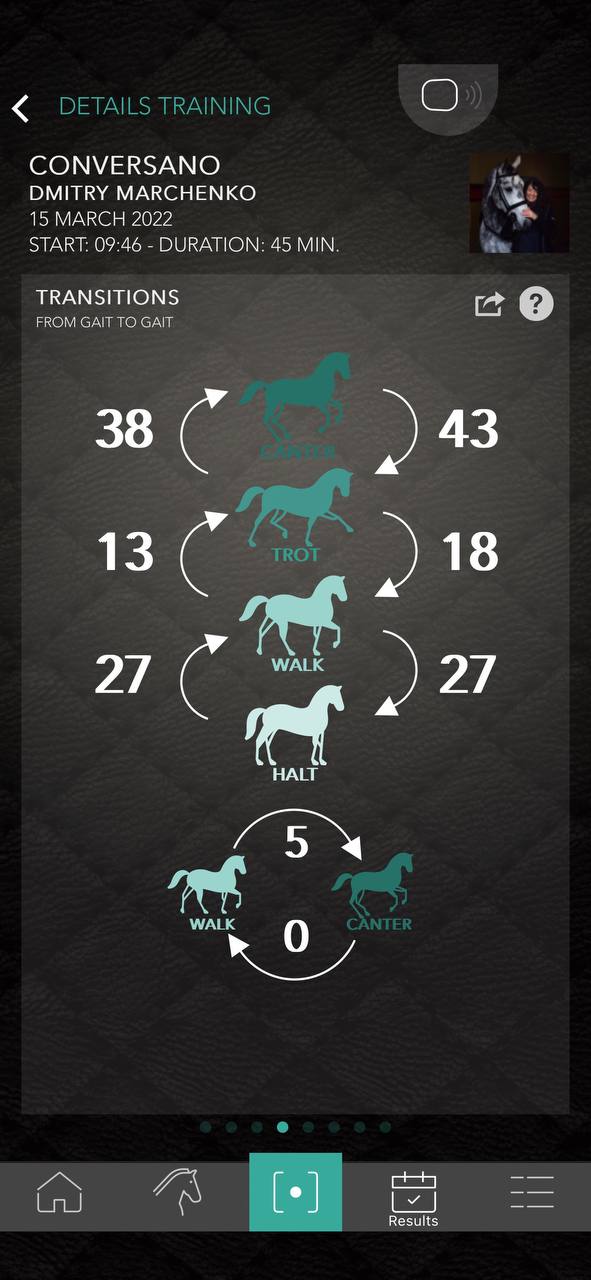
You will learn how many transitions you’ve made of any kind and which you have done the least. It will show how balanced your transition practice was on the left and right reins. You can see if you were able to keep a consistent rhythm between transitions and how symmetrical your horse’s movements were.
This can help you identify areas where you might be struggling and allows you to make necessary adjustments to your training plan. It’s like having a personal coach at your fingertips, providing insights that can help you refine your skills and get to your goals faster.
With Equestic Saddle Clip you can master the 7 Tips for better transitions more effective
Read details about how to leverage those Tips and resolve common issues at The Art of Dressage – our dressage coaching partner.
1. Develop an Independent Seat
Move in harmony with your horse without relying too much on your hands or legs. Your goal is to move with your horse, not against it.
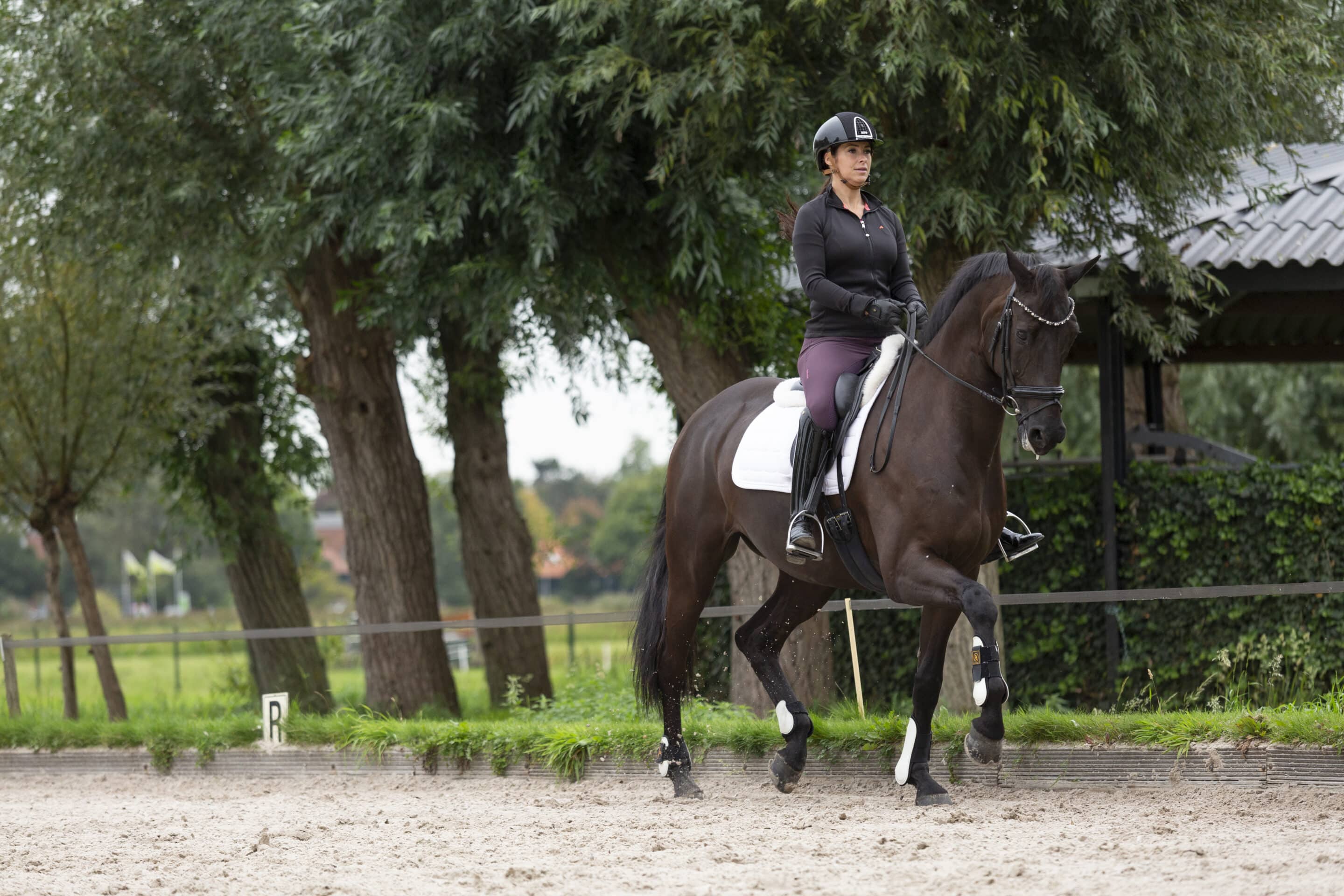
2. Master the Half Halts
It’s about creating a moment of balance and readiness. It’s about setting your horse up for success in the next movement.
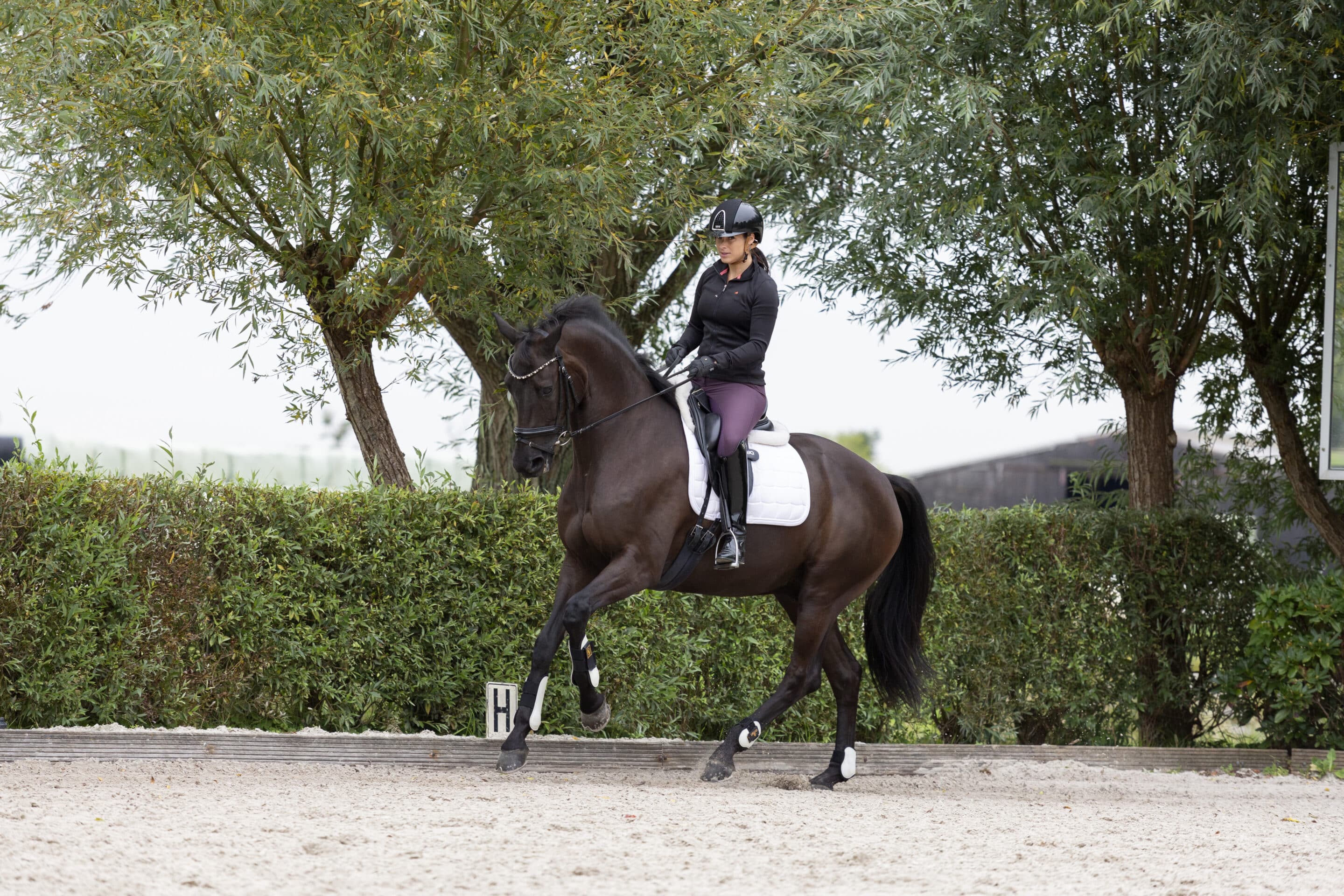
3. Maintain Good Contact
Create a constant line of communication between the rider and the horse. Ensure consistent and responsive touch, with optimal rein length.
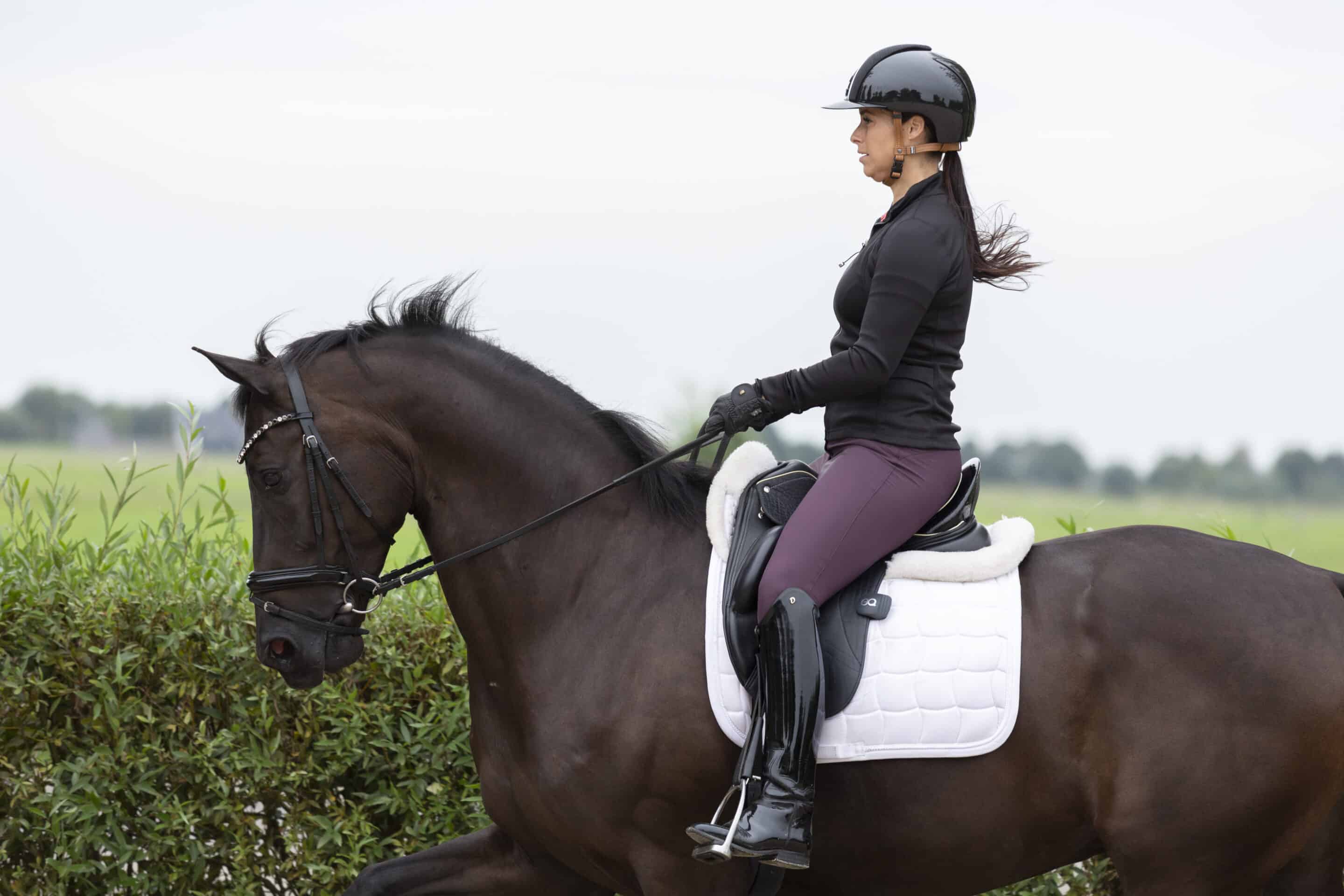
4. Perfet Your Timing
Understand your horse’s rhythm and make transitions at the right moment for optimal flow.
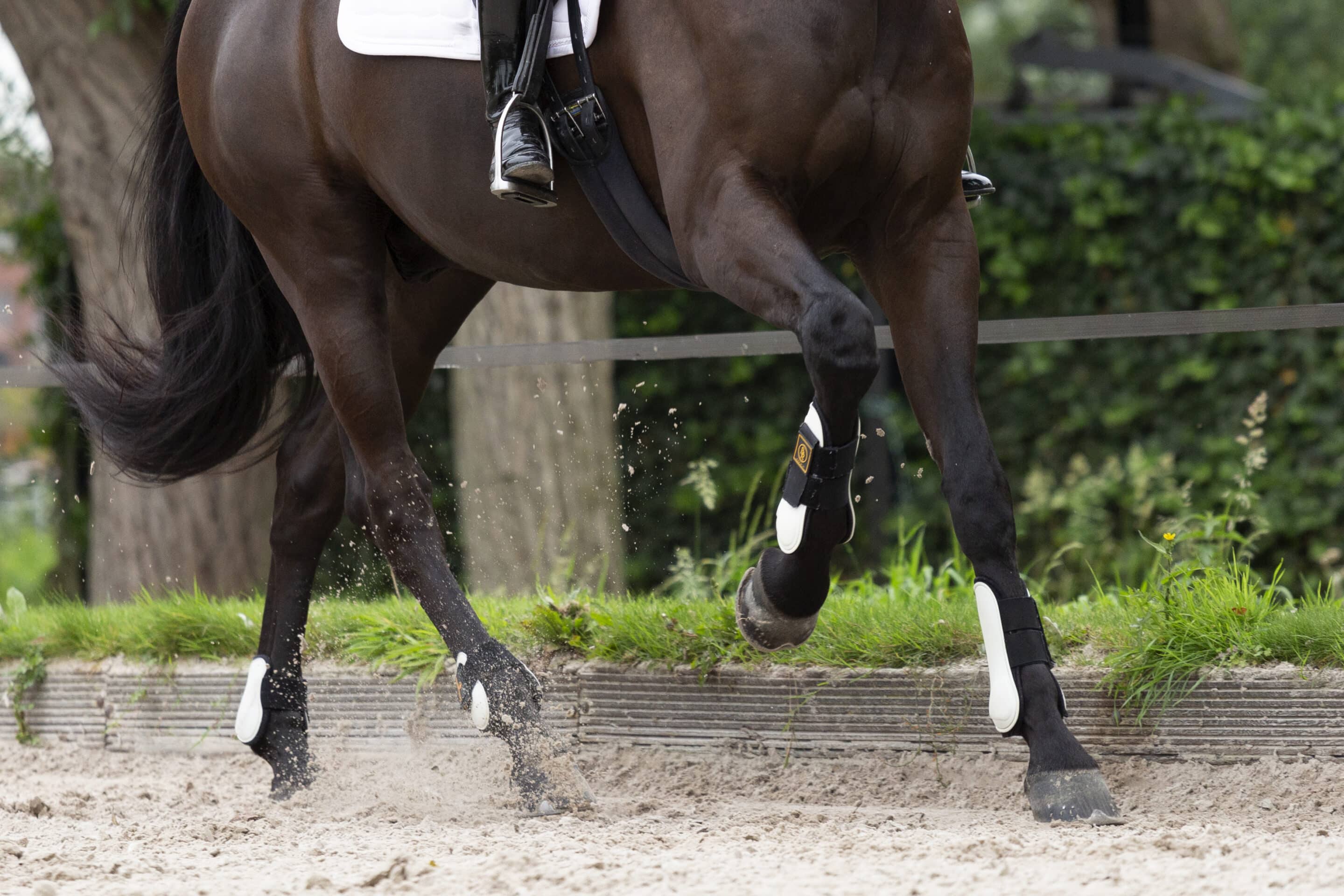
5. Keep Up the Energy
Ensure your horse is relaxed but enthusiastic. Vary your training sessions and monitor your horse’s condition.

6. Keep Your Horse Focused on You
Make training varied and unpredictable, experimenting with different transitions to keep your horse attentive.
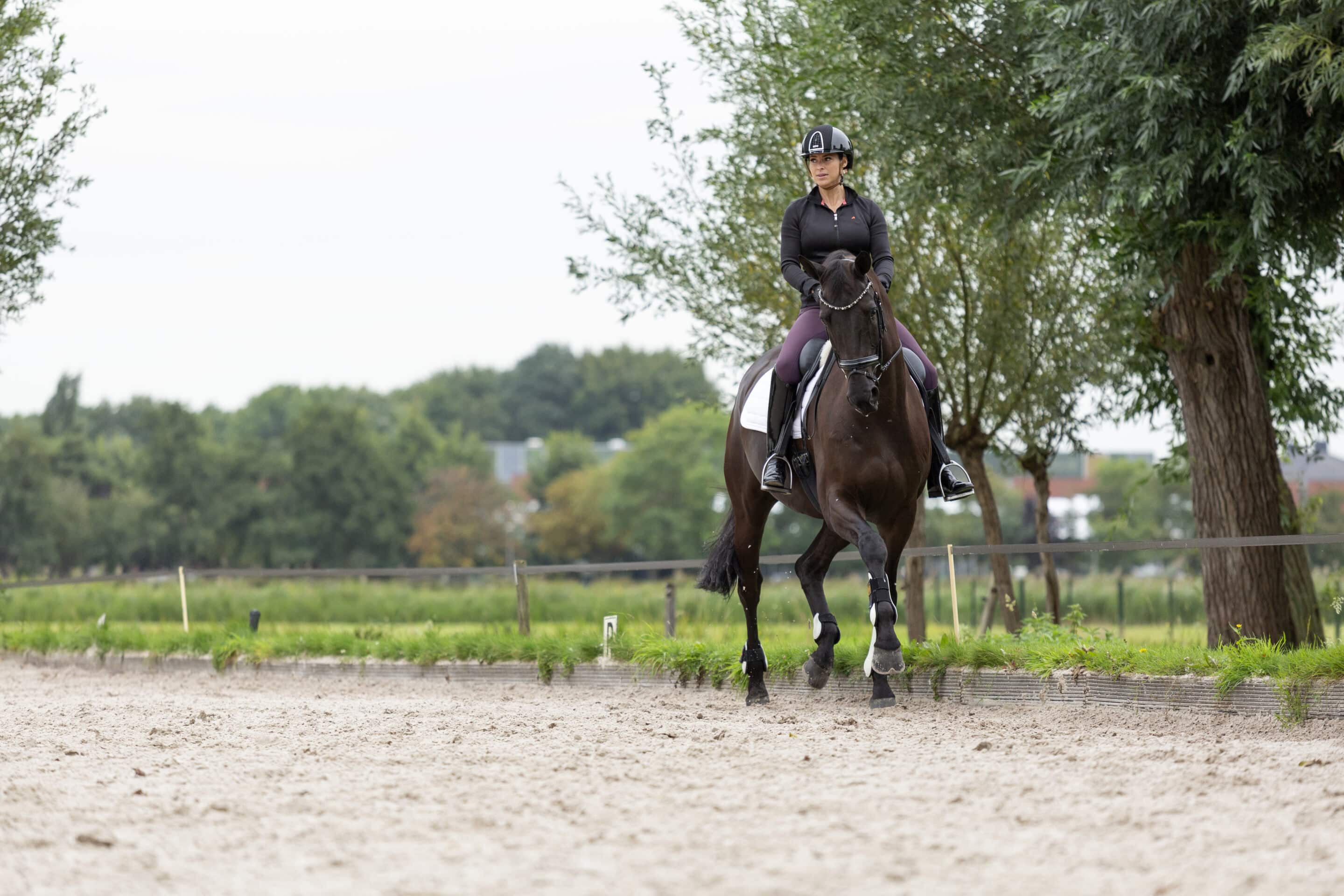
7. Maintain Balance and Rhythm
Practice exercises that challenge a horse’s balance and rhythm, encourage the horse to engage its core and use its hindquarters effectively.
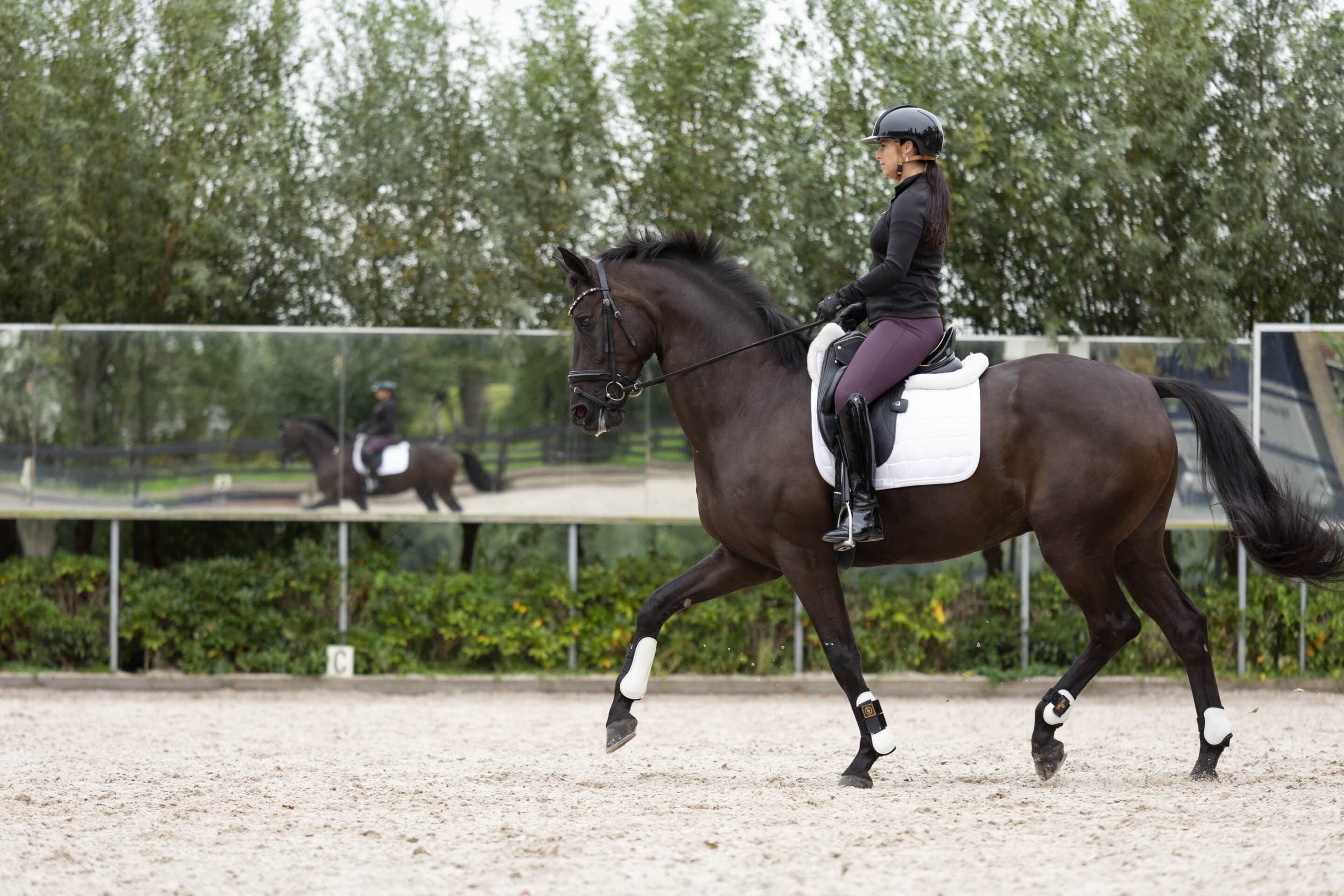
Troubleshooting Common Transition Issues
Transitions can be tricky. If they’re not done well, they can affect your overall performance. You might face challenges with getting the perfect transitions. It’s important to tackle these issues and find ways to improve poor transitions. This will help you perform better in both dressage tests and training sessions.
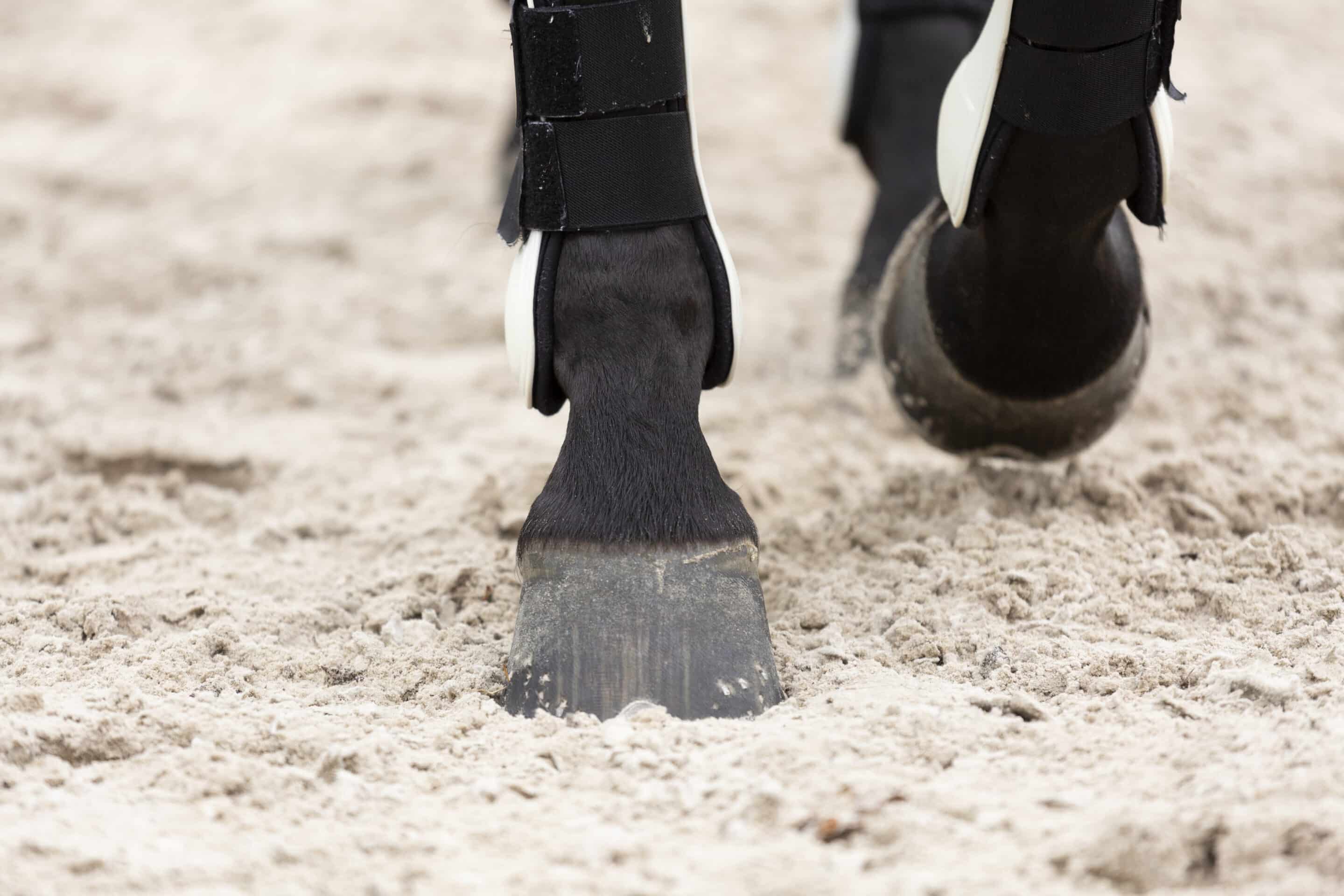
Your Horse is Falling on the Forehand
A common issue with transitions is the horse falling on the forehand during downward transitions, like from trot to walk. This can make the horse harder to control and makes the transitions appear less smooth. It often happens due to a lack of impulsion or balance, or incorrect use of rider’s aids
Horse Puts Head Up During Upward Transitions
During upward transitions, a horse might raise its head and lose contact. This usually happens when the horse is not properly balanced or lacks sufficient engagement from the hindquarters. It could also be a result of the rider not providing enough support through their seat and leg aids, causing the horse to seek stability by raising its head.
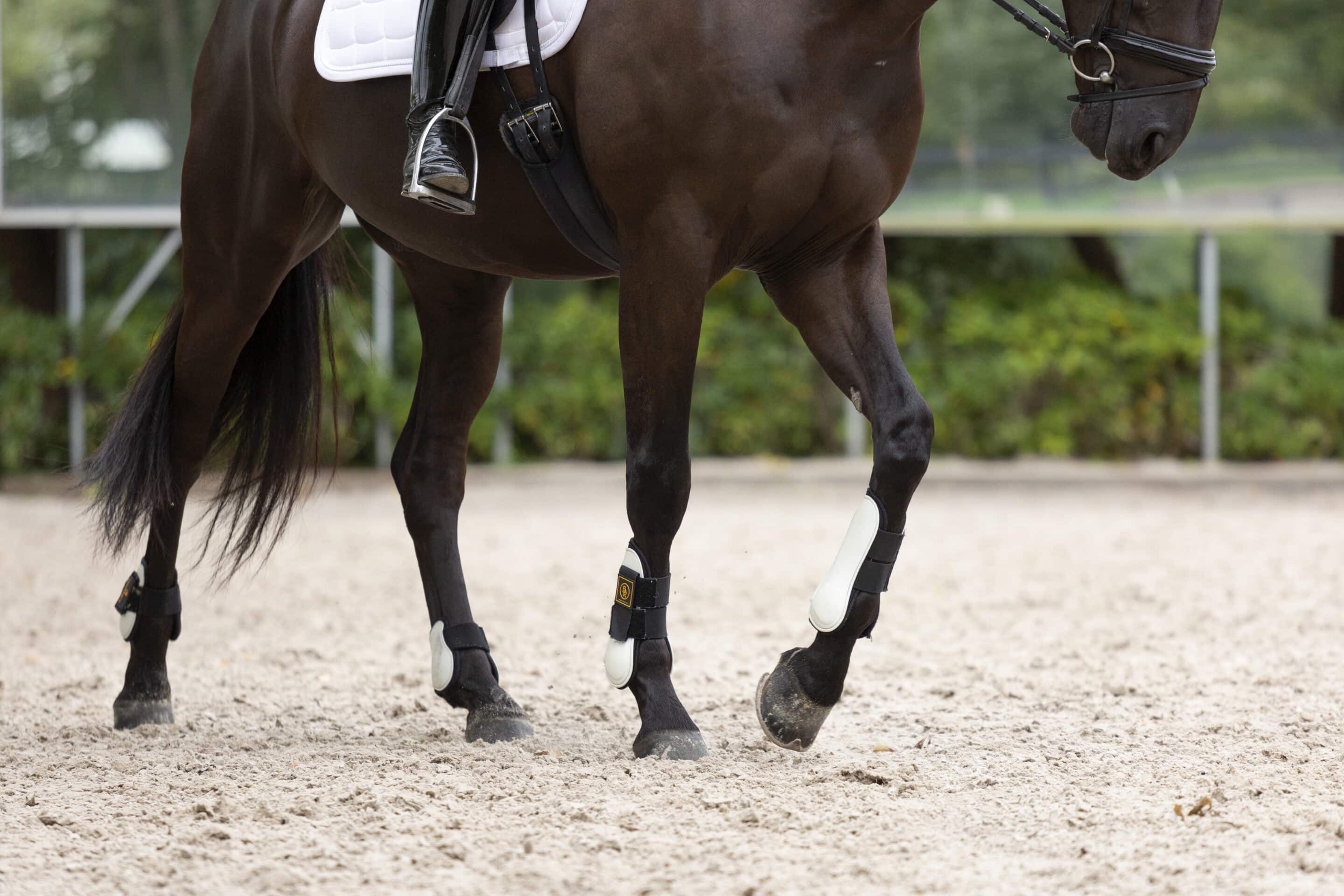
Lack of Impulsion
If your horse lacks impulsion during transitions, they may appear sluggish and unenergetic. Try transitions within the gait (like a collected, work, medium and extended trot) and quick transitions between different gaits to boost your horse’s impulsion.
Summary
Practicing transitions regularly with Equestic SaddleClip to monitor your progress in numbers and leave no areas blinded. It will impact the horse’s performance and development tremendously. All the tips mentioned above should take you closer to balanced transitions that promote expression in your equine partner!








